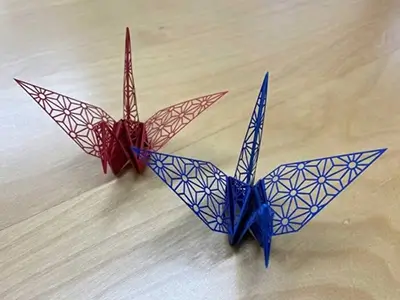
Traditional Japanese Culture
-

Origami | Delicate and beautiful art for everyone to enjoy
Origami is the Japanese art of folding paper without using scissors or glue to create shapes that can be seen as paper sculptures. Learn more about this beautiful art!
-
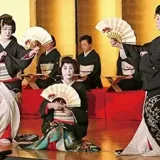
Geisha | The most classy and beautiful entertainer in the world
Geisha are not prostitutes. This is a misconception based on inaccurate depictions in films and from the stories of American soldiers who went to Japan after WW2 when there was great poverty in Japan.
-

Japan’s beautiful landscapes and wonderful hot spring resorts
Tectonic activity doesn’t just bring earthquakes and volcanic eruptions with it, it also brings great natural hot spring areas where we can relax and get rid of all kinds of physical ailments.
-
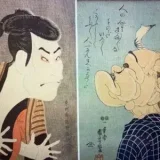
Ukiyo-e | Beautiful Woodblock Prints, also known as Japonisme
Ukiyo-e is a famous form of visual art from Japan. Ukiyo-e works are woodblock prints that depict scenes from Edo-period Japan. Learn more about these intriguing works of art!
-

Tea Ceremony Characterized by Beautiful Gestures and Delicate Taste
The Japanese tea ceremony is called Chanoyu, Sado, or simply Ocha. It is a choreographed ritual of preparation and the serving of a type of Japanese green tea called matcha, along with traditional sweets to balance the bitter taste of the tea.
-
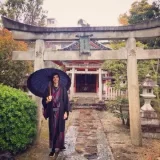
The Kimono | Beautiful Traditional Japanese Clothing
Kimono are traditional Japanese clothes that used to be worn on a daily basis until western-style fashion came to Japan. Today, the Japanese still wear kimono to official functions sometimes.
-
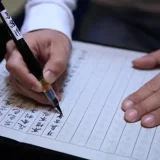
Beautiful and cool notation of kanji and hiragana
Japanese writing consists of three systems, kanji, hiragana, and katakana. Here’s a simple overview of how the Japanese writing system works.
-
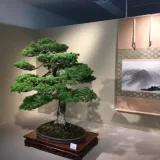
Beautiful Bonsai from Historic Japan
The history of bonsai in Japan goes back to the 13th century, which was a time when Japan was very open to culture imported from China and bonsai was one of the imported art forms. Bonsai is a dwarf tree grown in a porcelain pot, and its purpose is to represent nature through the arrangement…